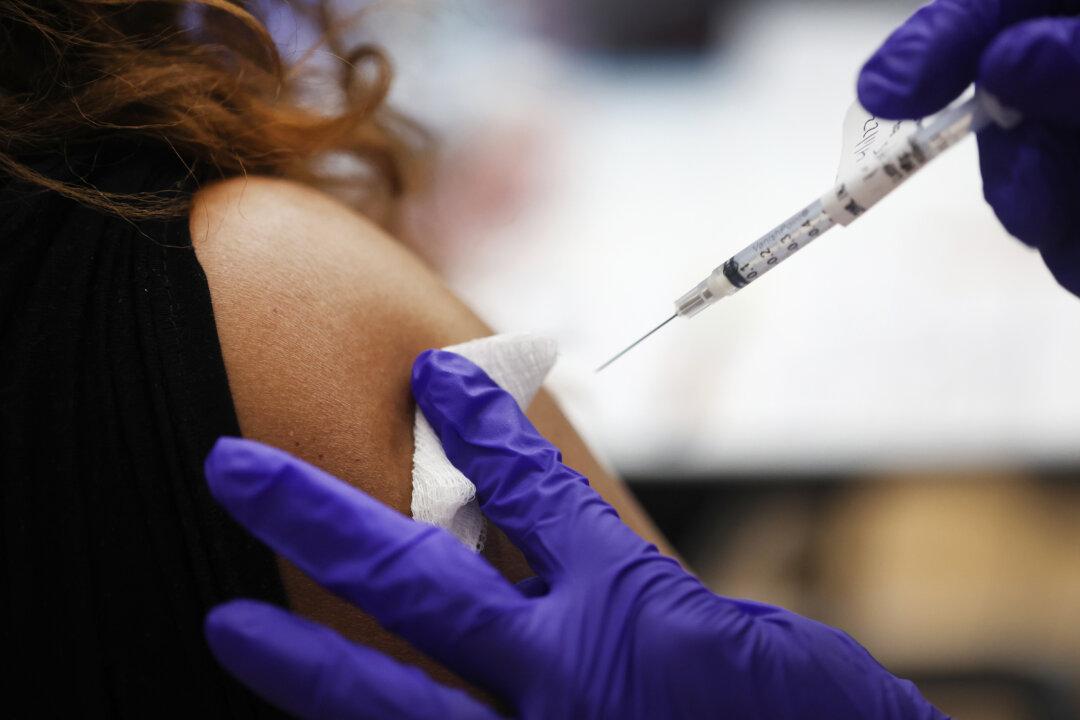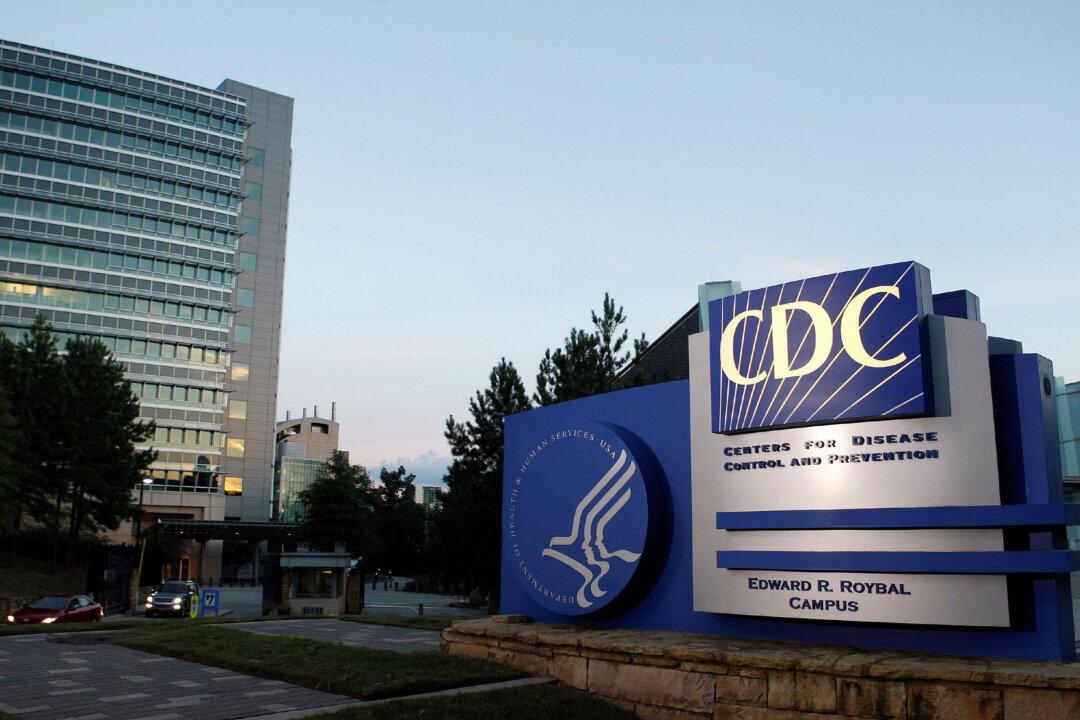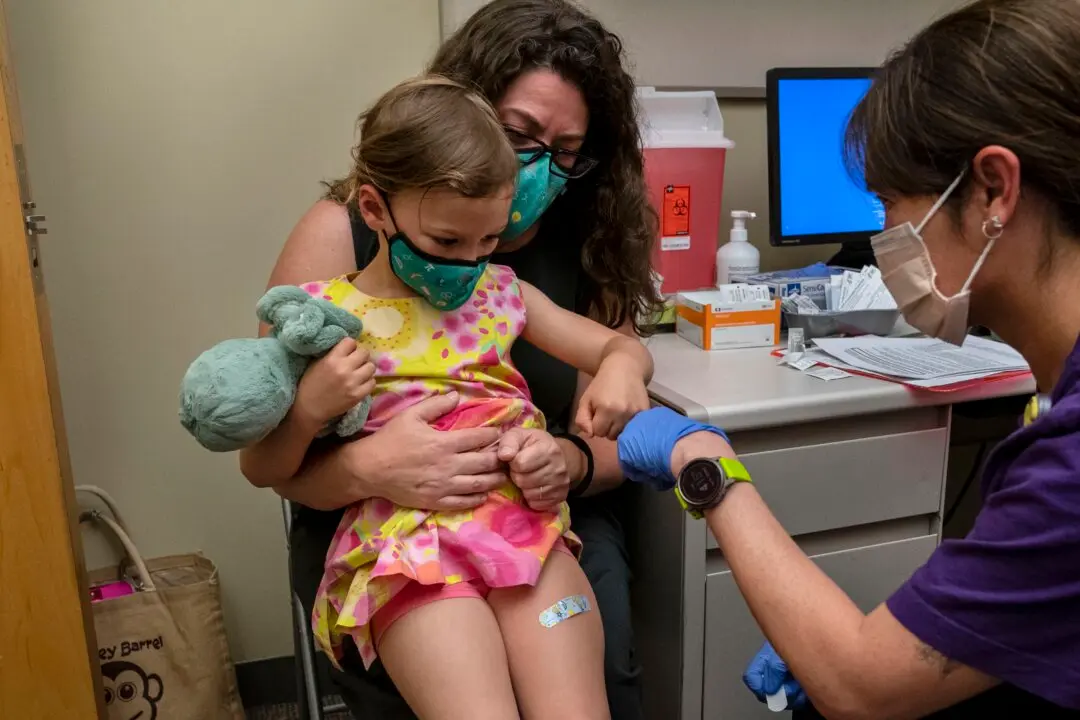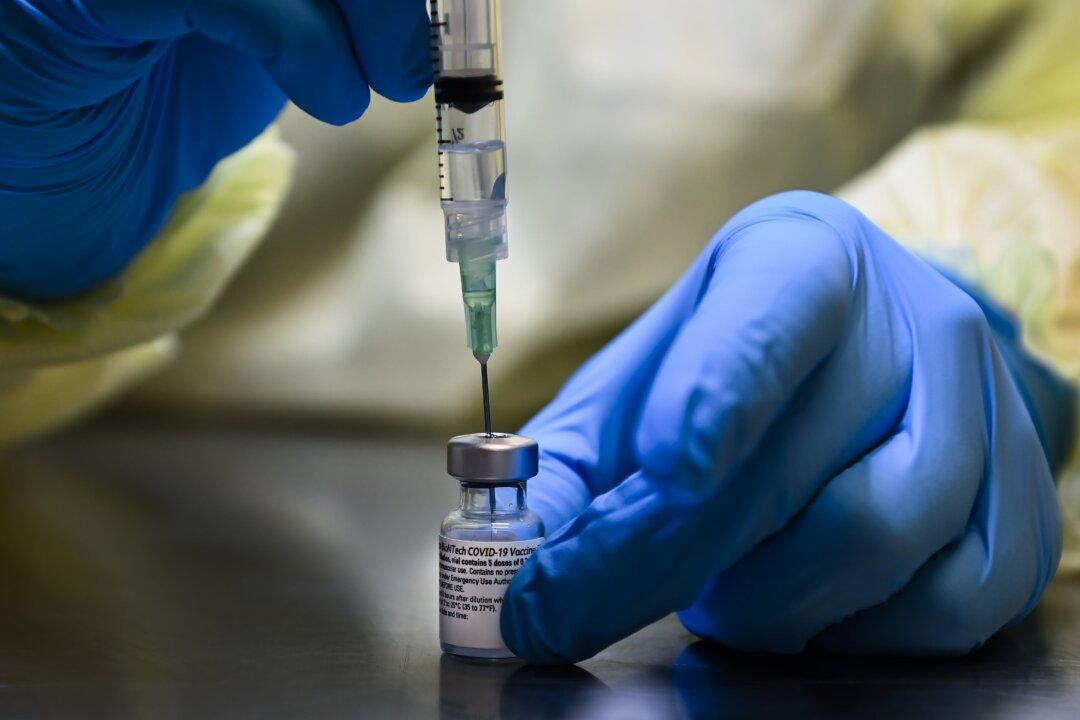Nearly 70 percent of Texans are estimated to have total immunity, either natural or vaccine induced, to the CCP virus as of July 4, 2021, according to researchers from the University of Texas System.
The researchers’ yet to be peer-reviewed study (pdf) is the “first fully data-driven estimation of total immunity to SARS-CoV-2” in Texas.






